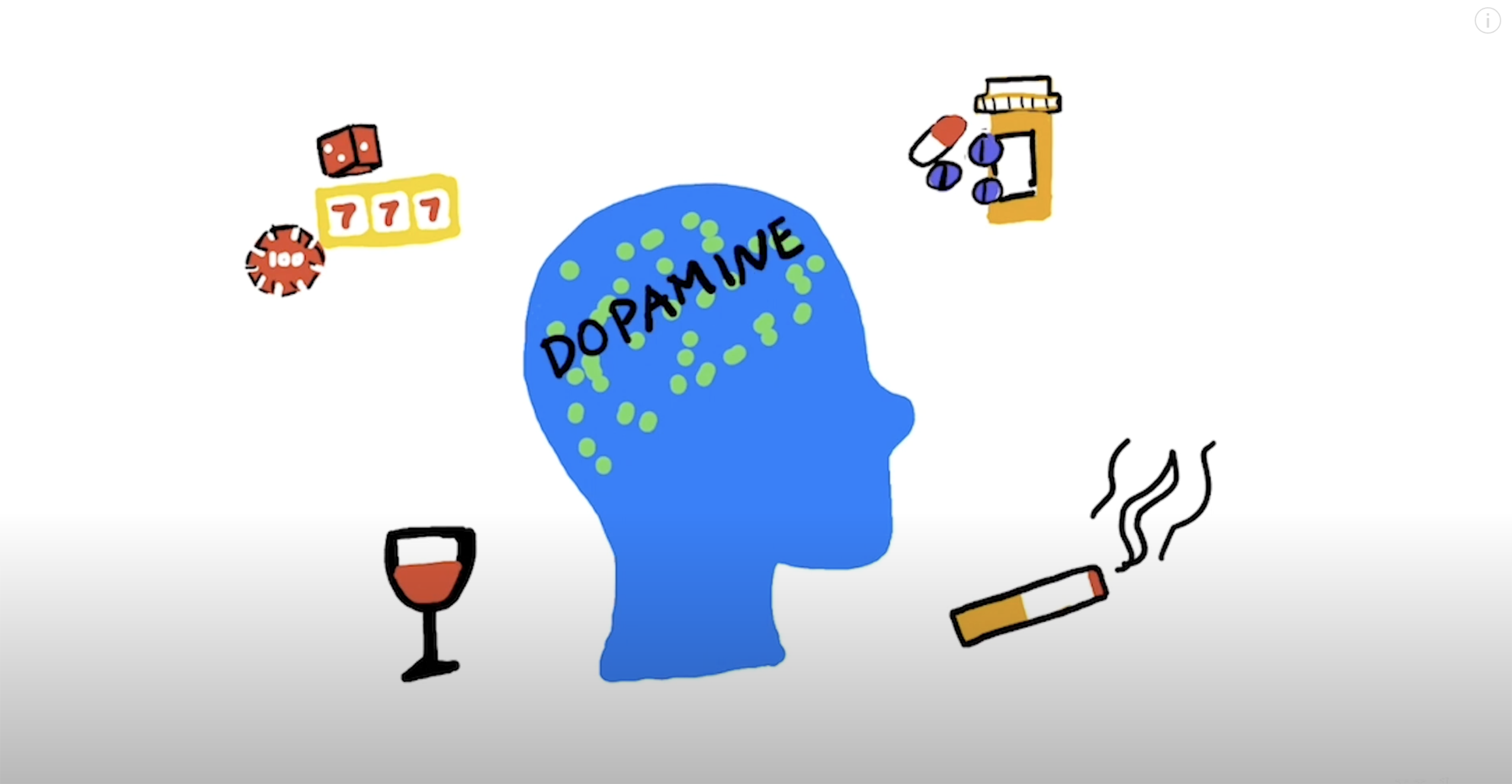What is addiction?
Addiction is a dependence on a substance or certain activity like drugs, alcohol, gambling, and more. What characterizes a behavior as an addiction is that the person continues to take the substance or take part in the activity even though it negatively impacts daily life. Addiction has been found to be a brain disease in which the brain undergoes physical changes in its circuitry, so overcoming addiction is not as simple as it may have once seemed.
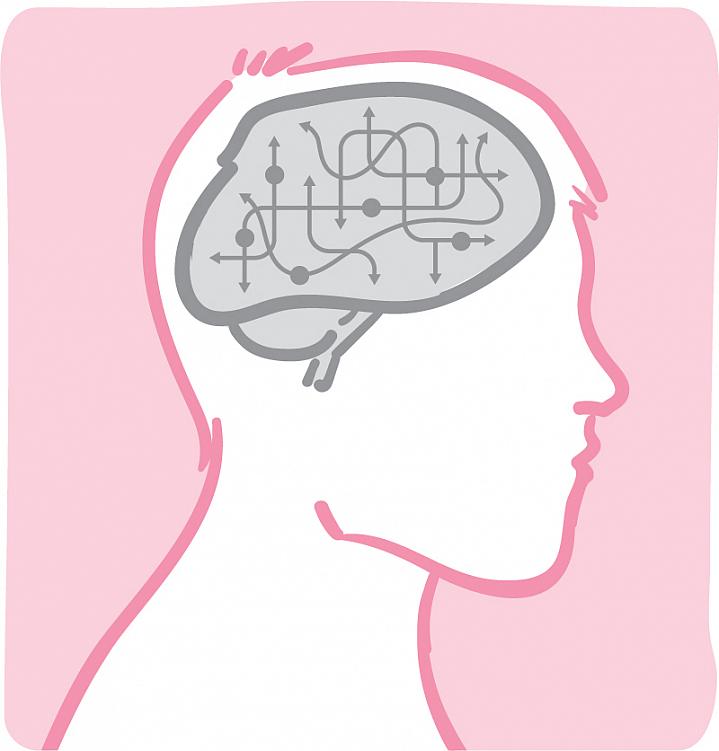
What does addiction look like in the brain?
The brain first receives information from a rewarding stimulus which is processed primarily in the hippocampus and the amygdala. The ventral tegmental area (VTA) is stimulated which releases dopamine and travels through the mesolimbic pathway to the nucleus accumbens (NAc). A reinforcement signal is then sent to the prefrontal cortex which associates the rewarding stimulus with the pleasure response in the NAc. The role of glutamate is important in the reward system because it regulates dopamine release to the NAc. The continued use of drugs or some other substance or activity makes this reward pathway stronger and the reward pathway takes over the individual’s brain and all attention goes to the drug or drug-related cues.
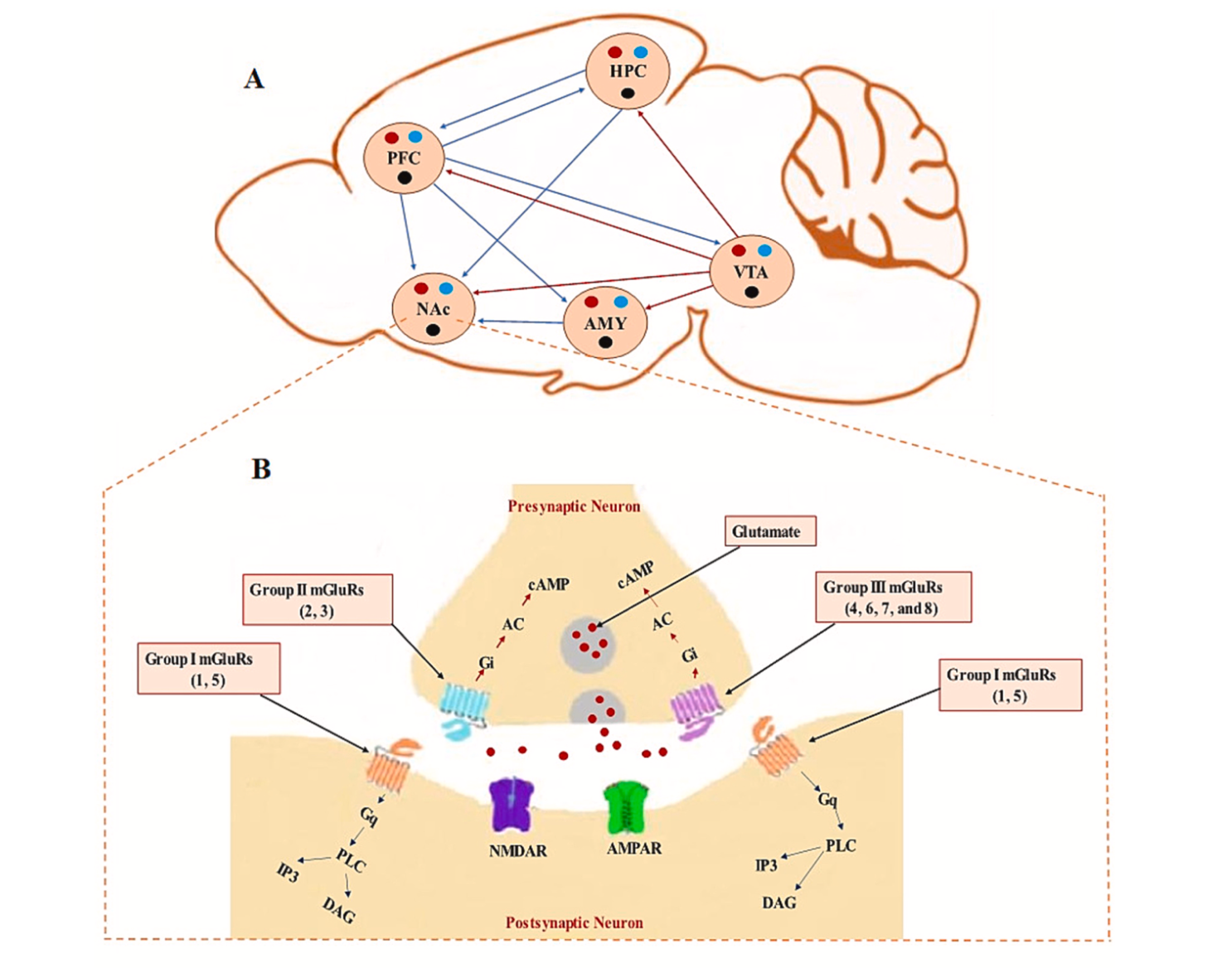
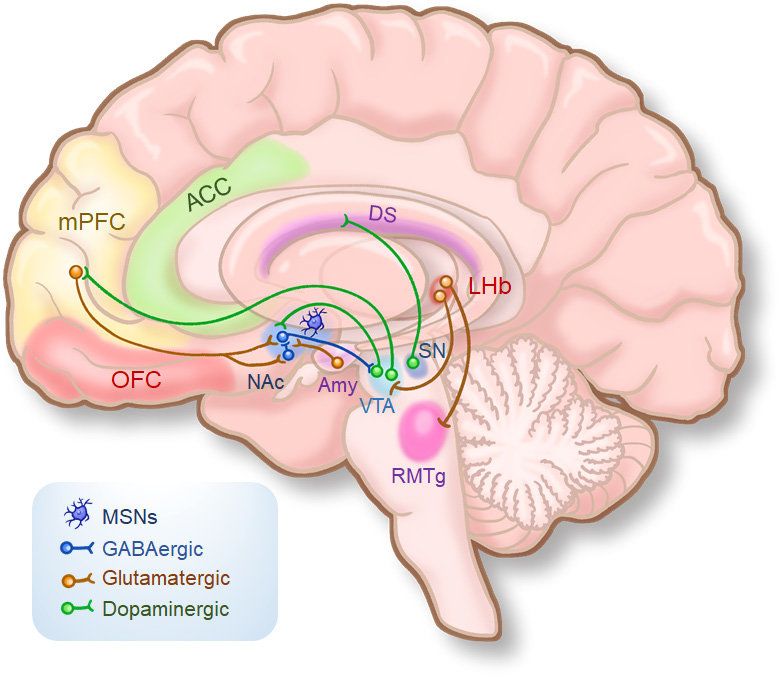
Role of synaptic plasticity
Synaptic plasticity is the ability of the brain to change the strength of connections between neurons and is essential to the ability of the brain to learn and develop new memories. There are two types of long-term plasticity, long term depression (LTD) and long term potentiation (LTP), both of which occur in the hippocampus and are triggered by NMDA receptors. LTP refers to connections between neurons becoming stronger and LTD refers to the connections becoming weaker. Both are essential for the formation of memories. Synaptic strength is seen in the mesolimbic pathway in people with substance use disorder (SUD) in which the connections between neurons are becoming stronger and LTP has occurred. This is thought to be the reason behind relapse; people with addiction have these pathways being stronger, so it becomes more difficult for the brain to be rewarded by “normal” mechanisms like food, and it becomes much easier to fall back into the habit of taking the substance because those pathways are so prominent. [4]
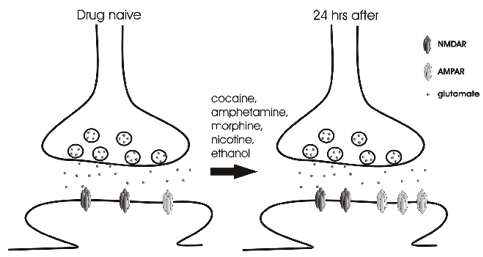
What does all of this mean?
The brain undergoes major circuitry changes after continuous use of substances which is what contributes to the symptoms of addiction. Someone who has developed an addiction to a certain substance will have a very difficult time overcoming their addiction because the brain has changed long-term and it takes an extensive amount of time to change it again. It is unknown whether or not the brain has the ability to change back to the way it was before addiction, but it seems unlikely that it would ever be the same. Those with addiction typically cannot take that certain substance again without relapsing, so it makes sense that LTP and LTD have long-lasting effects on the brain and it would not be able to return back to pre-drug condition.

References
[1] Department of Health and Human Services. (October, 2015). Biology of Addiction. National Institute of Health. https://newsinhealth.nih.gov/2015/10/biology-addiction.
[2] Mozafari, R., Karimi-Haghighi, S., Fattahi, M., Kalivas, P., & Haghparast, A. (2022). A review on the role of metabotropic glutamate receptors in neuroplasticity following psychostimulant use disorder. Progress in Neuropsychopharmacology & Biological Psychiatry, 124. https://doi.org/10.1016/j.pnpbp.2023.110735.
[3] Su, Yun-Ai & Si, Tianmei. (2022). Progress and challenges in research of the mechanisms of anhedonia in major depressive disorder. General Psychiatry. 35. e100724. 10.1136/gpsych-2021-100724.
[4] Stampanoni Bassi, M., Iezzi, E., Gilio, L., Centonze, D., & Buttari, F. (2019). Synaptic Plasticity Shapes Brain Connectivity: Implications for Network Topology. International journal of molecular sciences, 20(24), 6193. https://doi.org/10.3390/ijms20246193.
[5] Niehaus, J.L., Cruz-Bermúdez, N.D., & Kauer, J.A. (2009). Plasticity of addiction: a mesolimbic dopamine short-circuit? The American journal on addictions, 18 4, 259-71. https://pubmed.ncbi.nlm.nih.gov/19444729/ .
